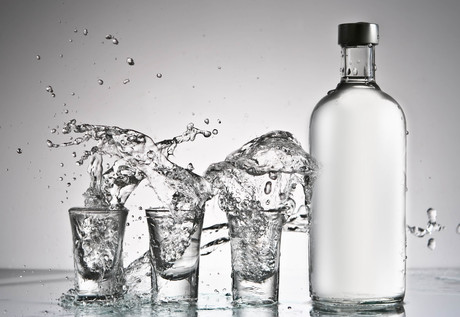How to detect fake liquors

High-quality products are what builds consumer trust and differentiates brands from the competition, but what happens when quality assurance is compromised?
Liquors in particular have been a popular product to alter, water down and sell on for a profit. Not only does this cause a financial loss for consumers, the added contaminants can also lead to health problems. According to ACS Sensors, scientists may have engineered a solution in the form of a portable, disposable sensor that can detect fake or altered liquors.
Contaminated alcohol has been reported as the cause of hundreds of deaths in countries such as Indonesia, Mexico and Russia. For example, a report by the Centre for Indonesian Policy Studies (CIPS) showed there were 487 deaths from illegal alcohol poisoning in Indonesia in 2013–2016 alone, which marks a 226% increase from 2008–2012.
Some of the methods used to make a profit include diluting down liquor with harmful chemicals such as antifreeze, or home brewing liquor and masquerading it as official brands using packaging. However, altered or contaminated alcohol is often difficult to detect, meaning it can affect any person at any point.
Kenneth S Suslick and Zheng Li from the University of Illinois at Urbana-Champaign aimed to tackle this problem and allow consumers to ensure they were not exposed to dangerous or tainted products. They created a device with 36 different dyes that, when exposed to particular components in liquor, would change colour.
The liquor vapours are partially oxidised as they are pumped over the sensor, and the handheld image analyser detects the different colours. The device can successfully identify liquor products based on vapour analysis within two minutes.
Scientists identified 14 liquor brands — including scotch, bourbon and rye whiskies, brandy and vodka — as well as their alcoholic content, with over 99% accuracy. They also established which alcohol had been diluted, even by a small margin (1%).
The scientists concluded that the sensor is a promising development towards ensuring the quality of liquor and other alcoholic drinks, and the safety of consumers.
Kokumi chemistry for rich-tasting sparkling wines
Kokumi compounds can bring a richness of flavour to foods like cheese, but now scientists have...
From cream to clean: ice cream maker implements organic wastewater solution
An ice cream manufacturer transitioned from traditional aluminium-based coagulants to a...
Maximising yield and minimising waste in dairy processing
Rockwell Automation Model Predictive Control technology is designed to optimise dairy processes...











